Who First Identified the Human-Infecting Coronavirus?
In 1963, June Almeida was working at the Ontario cancer institute in Canada, where she was responsible for identifying and photographing virus particles using then-state-of-the-art electron microscopes.
The first person to identify a human coronavirus was a woman, June Almeida, a British virologist and expert in viral imaging.
She was born in Scotland, where her father was a bus driver, and began working as a migrant worker when she left school at the age of 16.
Later, almeida became a pioneer in the field of viral imaging.
That’s why this long-forgotten name has been brought back to the world in the wake of covid-19.
Novel coronavirus is a novel strain of coronavirus that has never been found in humans before, belonging to the large family of coronaviruses.
The first human coronavirus was discovered under almeida’s microscope in 1964.
She works in a laboratory at st Thomas’s hospital in London.
The cold virus
Almeida was born in the northeast of Glasgow, Scotland, in 1930.
After graduating from junior high school she stopped formal schooling and took a job as a laboratory histopathological technician at Glasgow royal infirmary.
She moved to London from Scotland a few years later, married the Venezuelan artist Enriques Almeida in 1954, and soon after she had a daughter decided to move to Toronto, Canada.
As writer George Winters described, almeida mastered the art of electron microscopy at the Ontario cancer institute.
She also developed a way to image viruses using antibodies to make them polymerize.
Mr Winters told the BBC that Mr Almeida’s talent was recognised by his British counterparts and he was “lured” back to work at st Thomas’s hospital medical school in London in 1964.
Not to mention, Boris Johnson, the current prime minister of the UK, was treated and recovered from covid-19 in this hospital.
When almeida returned to Britain, he began working with Dr. David Tyrrell.
Dr Tyrol was running a cold virus laboratory in Salisbury, Wiltshire.
When Dr. Tirol and his team studied nasal fluid samples from volunteers, they found that a few, but not all, of the viruses associated with colds and colds could be grown in the lab.
One of the many samples, taken in 1960, came from a student at a boarding school in surrey, southern England, whose nose wash was labelled B814.
The team found that they were able to induce cold symptoms in volunteers, but were unable to do cell cultures with the virus. What was even more puzzling was that the cold virus was clearly visible in the tissues of the volunteers.
Dr Tyrol wondered if he could see the virus under an electron microscope.
They sent some samples to almeida’s lab in London and asked her for help.
She saw virus particles under a microscope, a bit like a flu virus but not quite.
What she saw was actually the first human coronavirus.
Coronaviruses are a big family.
Microscopically, the virus shapes of this family have a common feature, that is, the lipid envelope is lined with widely spaced projections, whose shapes can be petal-shaped, conical, t-shaped and so on with different viruses.
Found rejected
Dr. Almeida had actually seen the particles before, winters said, when he was studying mouse hepatitis viruses and chicken bronchitis viruses.
However, the paper she submitted to a professional journal was rejected in the peer-review section, on the basis that the assessors considered the virus images she provided to be “nothing more than pictures of poorly formed influenza virus particles.”
A paper based on virus particles found in the B814 sample was published in the British medical journal in 1965, and images of the virus particles she saw were published two years later in the journal of general virology.
Dr. Tyroll, Dr. Almeida and Dr. Tony Waterson, President of st. Thomas hospital, called the virus a coronavirus, according to Dr. Winters, because of the corona-like projections around the particles.
Ms. Almeida went on to continue her research at the Royal Postgraduate Medical School (now imperial college) in London, where she received her doctorate.
She ended her career at the wellcome institute in the United Kingdom, where she received several patents in the field of viral imaging.
After leaving the wellcome institute, almeida became a yoga instructor until the AIDS epidemic began in the 1980s, returning to her old career as a consultant involved in identifying and photographing HIV.
Joan almeida died in 2007 at the age of 77.

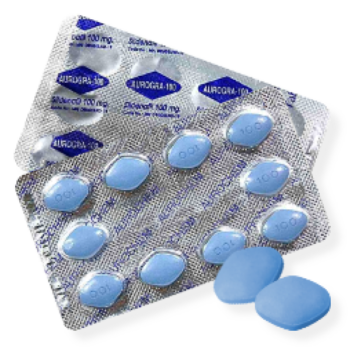

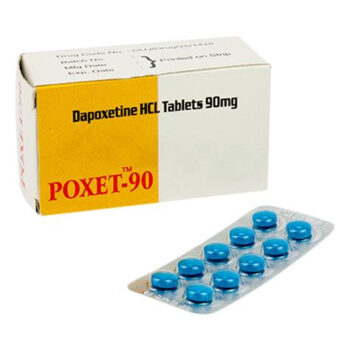

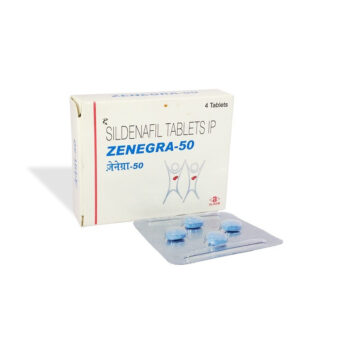



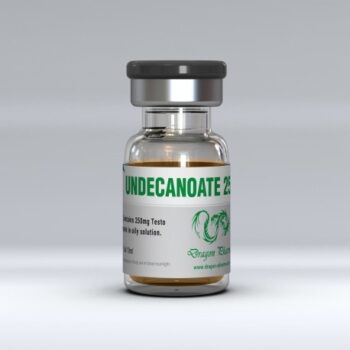
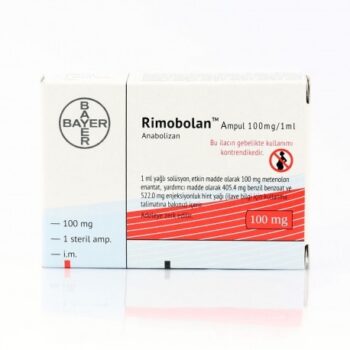
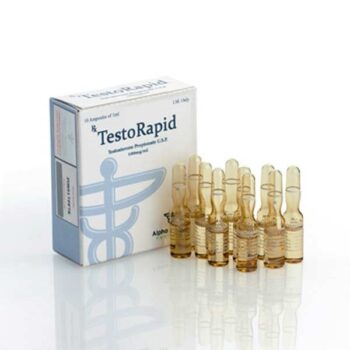



Write a comment
Your email address will not be published. All fields are required